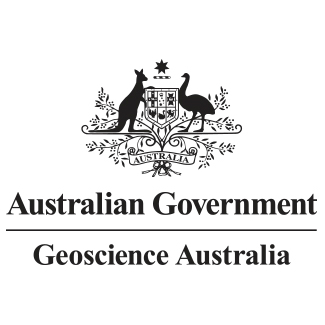Brief description
Geoscience Australia’s Exploring for the Future program provides precompetitive information to inform decision-making by government, community and industry on the sustainable development of Australia's mineral, energy and groundwater resources. By gathering, analysing and interpreting new and existing precompetitive geoscience data and knowledge, we are building a national picture of Australia’s geology and resource potential. This leads to a strong economy, resilient society and sustainable environment for the benefit of all Australians. This includes supporting Australia’s transition to a low emissions economy, strong resources and agriculture sectors, and economic opportunities and social benefits for Australia’s regional and remote communities. The Exploring for the Future program, which commenced in 2016, is an eight year, $225 m investment by the Australian Government.
As part of this program, Geoscience Australia led two deep crustal reflection seismic surveys in the South Nicholson region, revealing the existence of the Carrara Sub-basin, a large sedimentary depocentre up to 8 km deep, beneath the Georgina Basin (Carr et al., 2019; 2020). The depocentre is believed to contain thick sequences of highly prospective Proterozoic rocks for base metals and unconventional hydrocarbons. To confirm geological interpretations and assess resource potential, the National Drilling Initiative, NDI Carrara 1 stratigraphic drill hole was completed in late 2020, as a collaboration between Geoscience Australia, the Northern Territory Geological Survey (NTGS) and the MinEx CRC (Geoscience Australia, 2021). NDI Carrara 1 is located on the western flank of the Carrara Sub-basin on the South Nicholson seismic line (17GA-SN1) (Figure 1.1; Figure 1.2), reaching a total depth of 1751 m, intersecting sedimentary rocks comprising ca. 630 m of Cambrian calcareous shales of the Georgina Basin and ca. 1100 m of Proterozoic carbonates and siliciclastics that include black shales of the Carrara Sub-basin.
This report presents data on selected rock samples from NDI Carrara 1, conducted by the Mawson Analytical Spectrometry Services, University of Adelaide, under contract to Geoscience Australia. These results include bulk carbon isotope ratios (δ13C) of bitumens and isolated kerogens. In addition, a selection of 10 samples was analysed at Geoscience Australia for comparison purposes.
Lineage
Maintenance and Update Frequency: asNeeded
Statement:
New generated isotopic ratios data
Notes
Purpose
Release of new data
![]()
![]()




